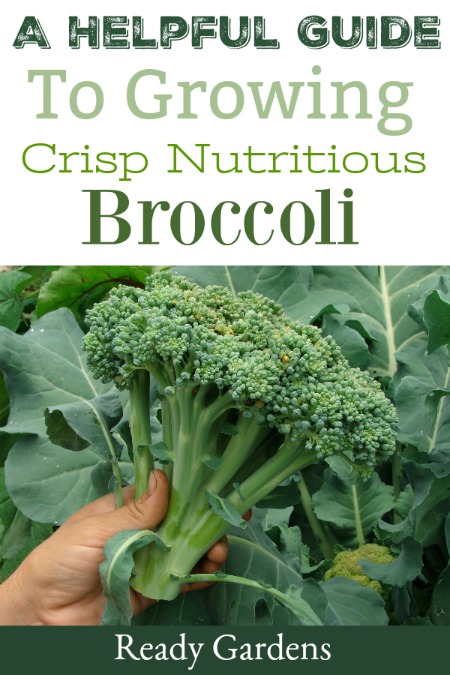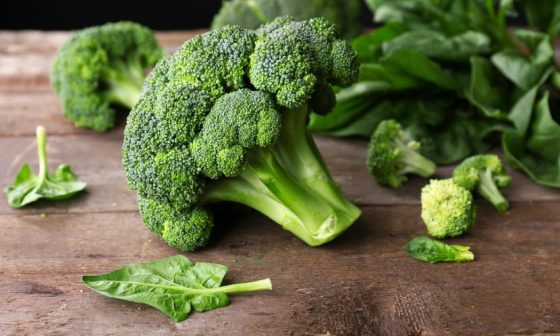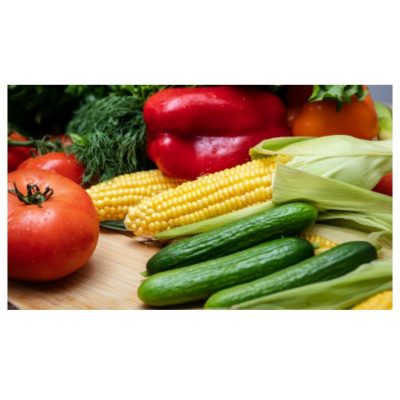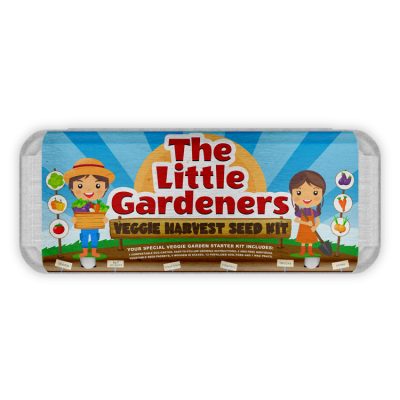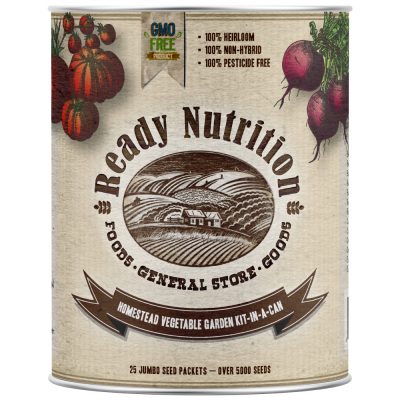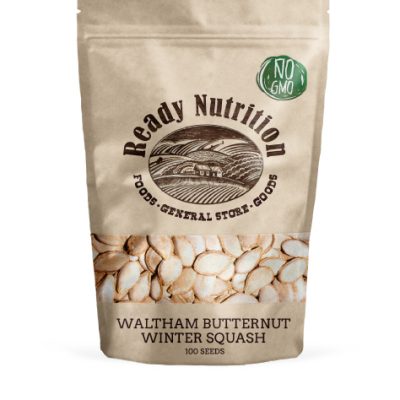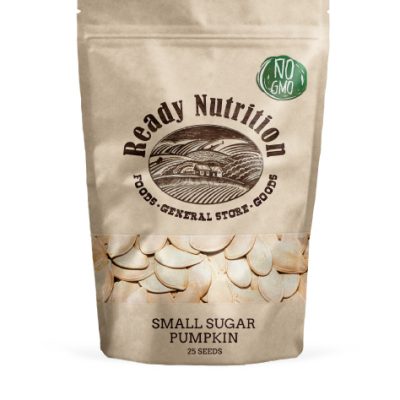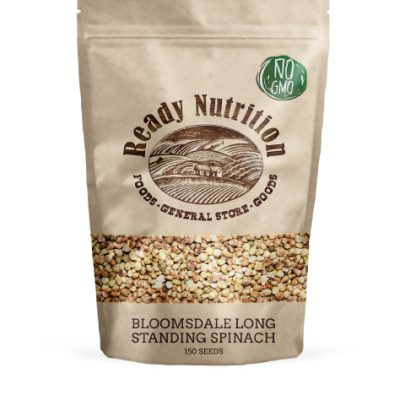Broccoli is a staple in many home gardens for its delicious crisp flavor and healthful nutritious disease-fighting properties. Broccoli is a cool-season crop and can be grown from seed in both the spring and fall. Try growing some of your own broccoli in your garden!
Botanically, the broccoli vegetable is a member of the large cruciferous (Brassica) family of vegetables, which also includes cauliflower, brussel sprouts, and cabbage. The delicious vegetable is rich in vitamins A and C, calcium, iron, potassium and folate. The range of phytochemicals in Green Sprouting Broccoli makes it one of the foremost vegetables to prevent cancer and just one ounce of broccoli has an equal amount of calcium as one ounce of milk! Keep in mind, however, that prolonged cooking, boiling, and microwaving of broccoli have been found to destroy the heat-sensitive vitamins like folate, antioxidant vitamin-like vitamin-C, and some of its anti-cancer phytonutrients. Alternatively, employing few other brief cooking techniques like steaming, and gentle braising may not alter much of the composition of these compounds.
Did you know broccoli’s flower heads can also be eaten? They are a much sought-after addition to stir-fries; either alone or with other vegetables, beans, and poultry. They taste great in many mouth-watering recipes mixed with sauce, oil, onions, peppers, and garlic! Give them a try!
PLANTING
- Broccoli is a cool-season crop that can germinate in soil with temperatures as low as 40ºF.
- Broccoli requires full sun and moist, fertile soil that’s slightly acidic. Work in 2 to 4 inches of rich compost or a thin layer of manure before planting.
- For spring plantings, seed or set transplants 2 to 3 weeks before last spring frost date. If you transplant, assume 10 fewer days for growth or the “days to maturity” on the seed packet. For fall plantings, seed 85 to 100 days before your average first fall frost. If you live in a warm climate, a fall planting is best, as broccoli thrives in cool weather. Plant seeds in mid- to late-summer in most places.
- Plant the seeds ½ inch deep, or set transplants slightly deeper than they were grown originally.
- Within a row, space your plants 12 to 24 inches apart with 36 inches between each row. If you overseed, you will need to thin seedlings to 12 inches apart to give enough space for the broccoli to grow.
- Provide consistent soil moisture with regular watering, especially in drought conditions. Some varieties of broccoli are heat tolerant, but all need moisture.
- DO NOT get developing heads wet when watering.
- The roots are very shallow, so do not cultivate.
- Mulch will also help to keep soil temperatures down and aid in the suffocation of weeds.
- Fertilize three weeks after transplanting.
TROUBLESHOOTING
Nitrogen deficiency: If the bottom leaves turn yellow and the problem continues toward the top of the plant, the plants need a high nitrogen (but low phosphorus) fertilizer or blood meal. Blood meal is a quick nitrogen fix for yellowing leaves.
Clubroot: Quickly wilting plants may be due to this fungus in the soil. The entire plant, including all roots and root tendrils, must be gently dug up and removed. If the roots are gnarled and misshapen, then clubroot is the problem. You MUST act quickly and remove the plants so that the fungus doesn’t continue to live in the soil. Do not compost the plants. Raise the pH of your soil to above 7.2. You may need to sterilize your soil in addition to raising the pH levels.
Cabbage loopers and Cabbageworms: Small holes on the leaves between the veins mean small green caterpillars are present. Look at the undersides of the leaves. Hand pick the broccoli if the problem is small or control with Bacillus thuringiensis, a natural, bacterial pesticide. Use a floating row cover just after planting through harvest to prevent caterpillars. Treat both caterpillars and worm pests the same.
Downy mildew: Yellow patches on leaves are usually caused by extremely moist weather. Keep the leaves of the plants as dry as possible with good air circulation. You should also consider buying more resistant varieties of broccoli.
HARVESTING/STORING
Harvest your broccoli when the buds of the head are firm and tight but before the heads flower. If you do see yellow petals, harvest immediately. For the best flavor, you should consider harvesting in the morning before the soil heats up. Cut the heads from the plant but be sure you take at least 6 inches of stem too. Cut the stalk of the main head at a slant, about 5 to 8 inches below the head. Most varieties of broccoli have side-shoots that will continue to develop after the main head is harvested. You can harvest from one plant for many weeks, in some cases, from spring to fall, if your summer isn’t too hot.
Store broccoli in the refrigerator for up to 5 days. If you wash before storing, make sure to dry it thoroughly. Broccoli can be blanched and frozen and will keep for up to one year this way.
BROCCOLI BONUS ACTIVITY FOR KIDS!
Why not let the kids play with their broccoli and get a healthy snack in the meantime? Let your children paint a tortilla and literally eat their artwork! Using a broccoli floret as a paintbrush, allow the kids to spread yogurt, mustard, Russian dressing, ketchup, ranch dressing, (or whatever else you can come up with) on a tortilla. Once they are done, they’ve got an edible snack. They can even eat their paintbrush! Cut several broccoli paintbrushes, just in case the kids love eating their art tool.
